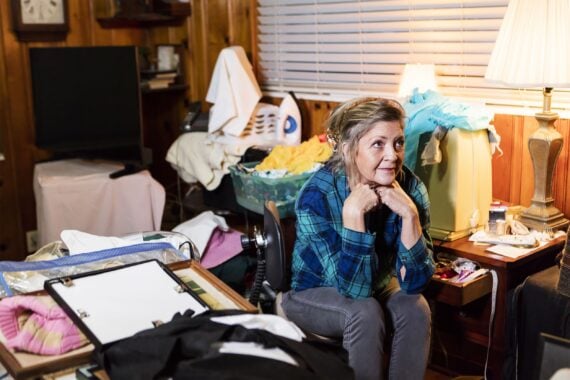For many people, a messy home is nothing a little Marie Kondo tidying or spring cleaning can’t fix, but for up to six percent of the population, hoarding is a debilitating problem. It can be impossible for some people to throw anything away, and they won’t stop accumulating more things, in some cases risking unsafe or unsanitary living conditions. We talked to some experts on hoarding disorder to find out the warning signs of a hoarding disorder.
FRIENDS AND FAMILY AREN’T ALLOWED TO VISIT
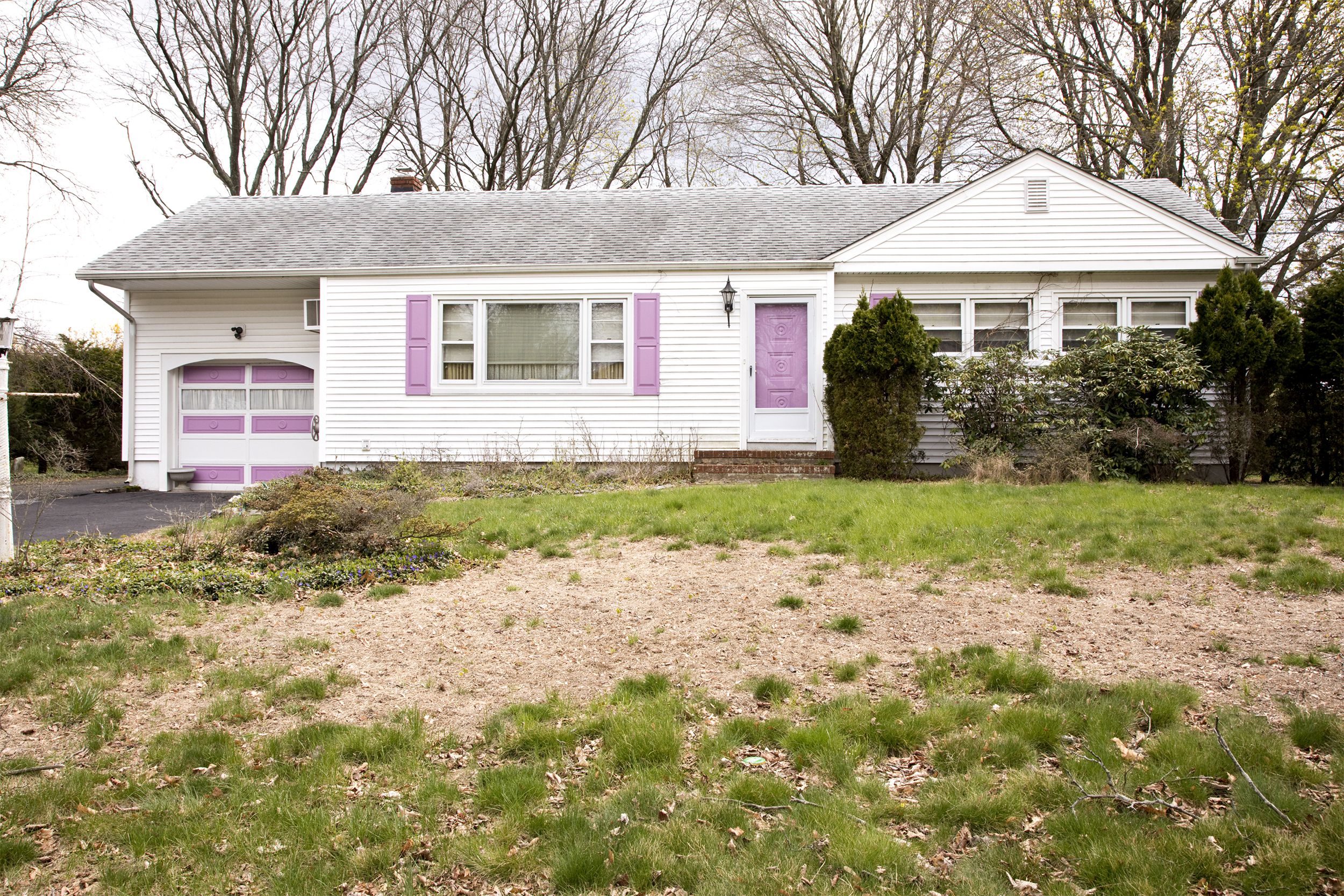
People with hoarding disorder make excuses to keep people out. “You’re not invited to their home,” Fugen Neziroglu, a psychologist who has written two books about hoarding disorder, says. “They always have a reason why you shouldn’t come.”
Psychologist Michael Tompkins of the San Francisco Bay Area Center For Cognitive Therapy, suggests it’s a defense mechanism. “They are either terrified of this problem being discovered,” Tompkins says. “Or they feel a lot of shame.”
LOVED ONES BECOME FRUSTRATED OR ESTRANGED
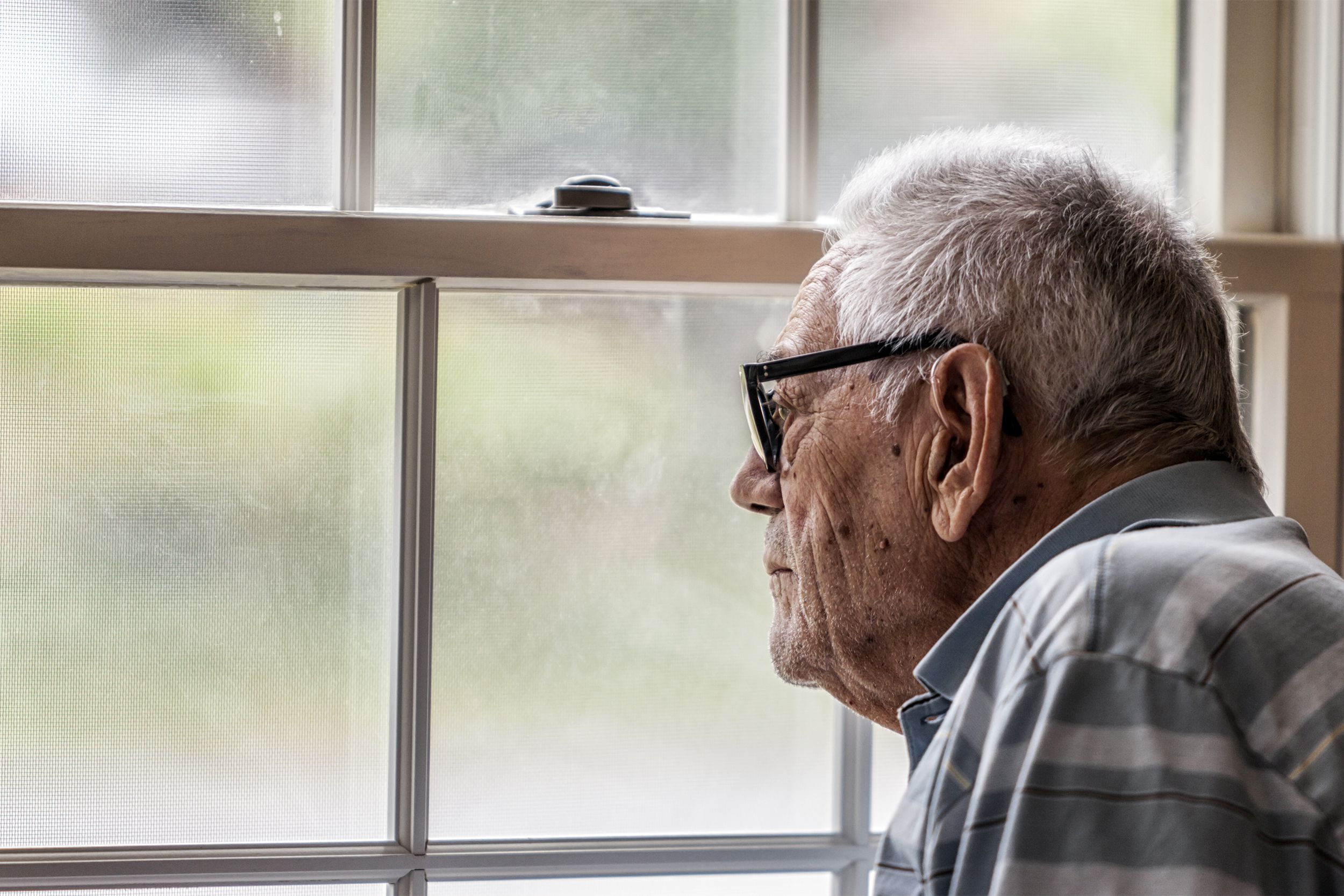
Hoarding behavior can cause rifts in families, psychologist Michael Tompkins warns. “If you have a mom who has hoarding behavior and you’re a son or a daughter, you’re likely arguing a lot about the amount of stuff Mom keeps,” Tompkins said. “This results in a lot of relational distress with your family members which can also lead to the adult being isolated from their family support.”
Related: What to Do When a Family Member Becomes a Stranger
THERE’S AN OVERPOWERING FEAR OF BEING WASTEFUL

Dr. Dahlia Woods, a psychiatrist who has a hoarding disorder herself, says guilt over wasting things can escalate, even when things have expired. “Some of my tempting thoughts to keep it are, ‘Well, it’s probably still good. Kraft Barbecue sauce probably doesn’t go bad right on the expiration date,’” Woods says.
Psychologist Fugen Neziroglu adds, “They may believe that they’re going to use that empty milk carton for something in the future.”
TRASH ISN’T THROWN OUT

Syllogomania is the scientific term for hanging onto objective garbage. Mutual Support Consulting co-founder Lee Shuer sometimes has to convince clients to discard unsanitary food containers or get papers off the stove. “I can only work with you with a clear conscience if you’re willing to acknowledge that there is a basic safety concern,” he says.
EXCESSIVE PURCHASES ARE MADE
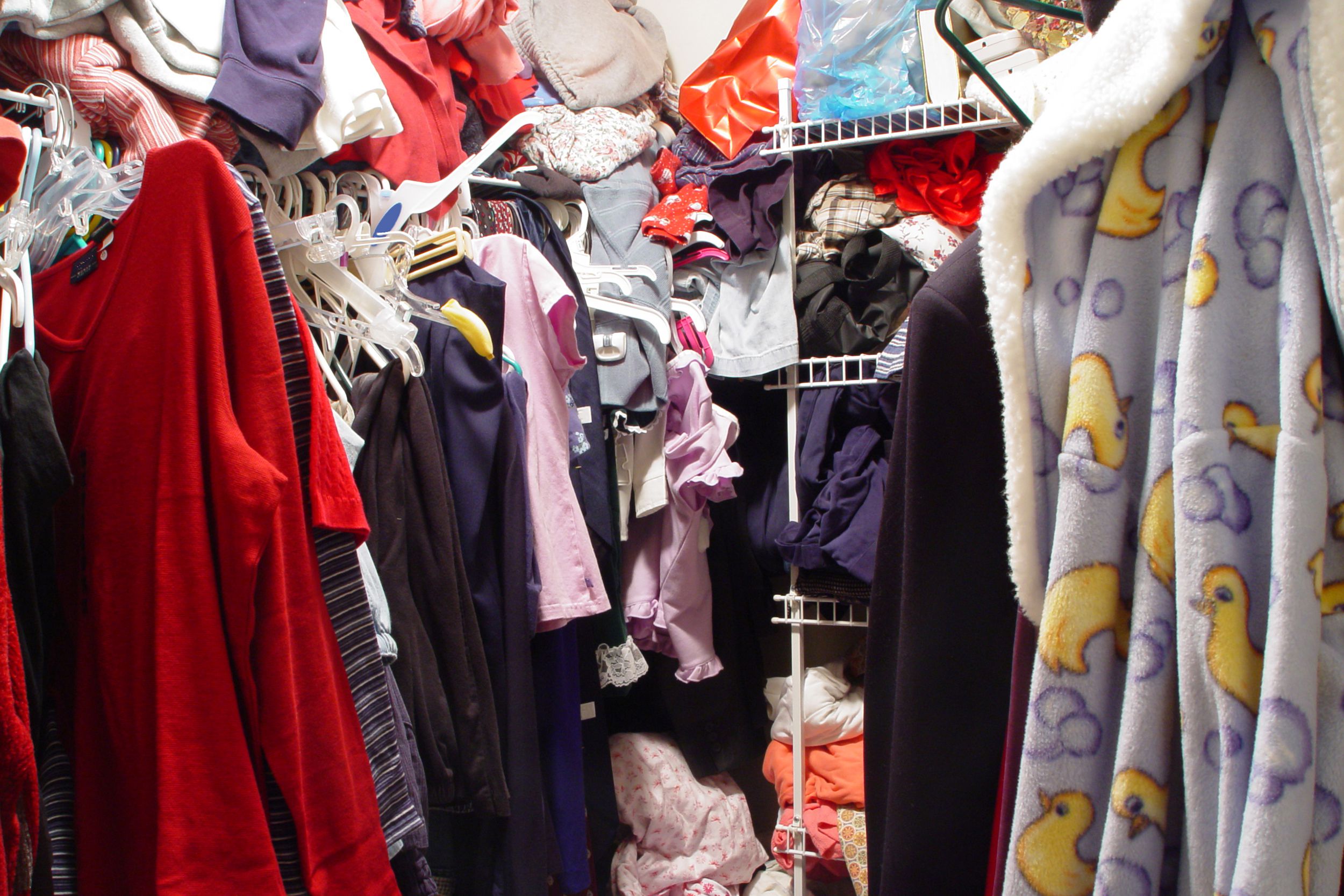
Statistics show that 75 percent of people with hoarding disorder buy excessively, and 50 percent take too much free stuff. Psychiatrist Dr. Dahlia Woods says this can be learned behavior. “My mom always told me, ‘If you really like [a shirt], you can get it in different colors,’” she says. “I don’t know, maybe you can get a couple in different colors, but it’s not necessary.”
Trending on Cheapism
ENTIRE ROOMS IN THE HOUSE ARE UNUSABLE
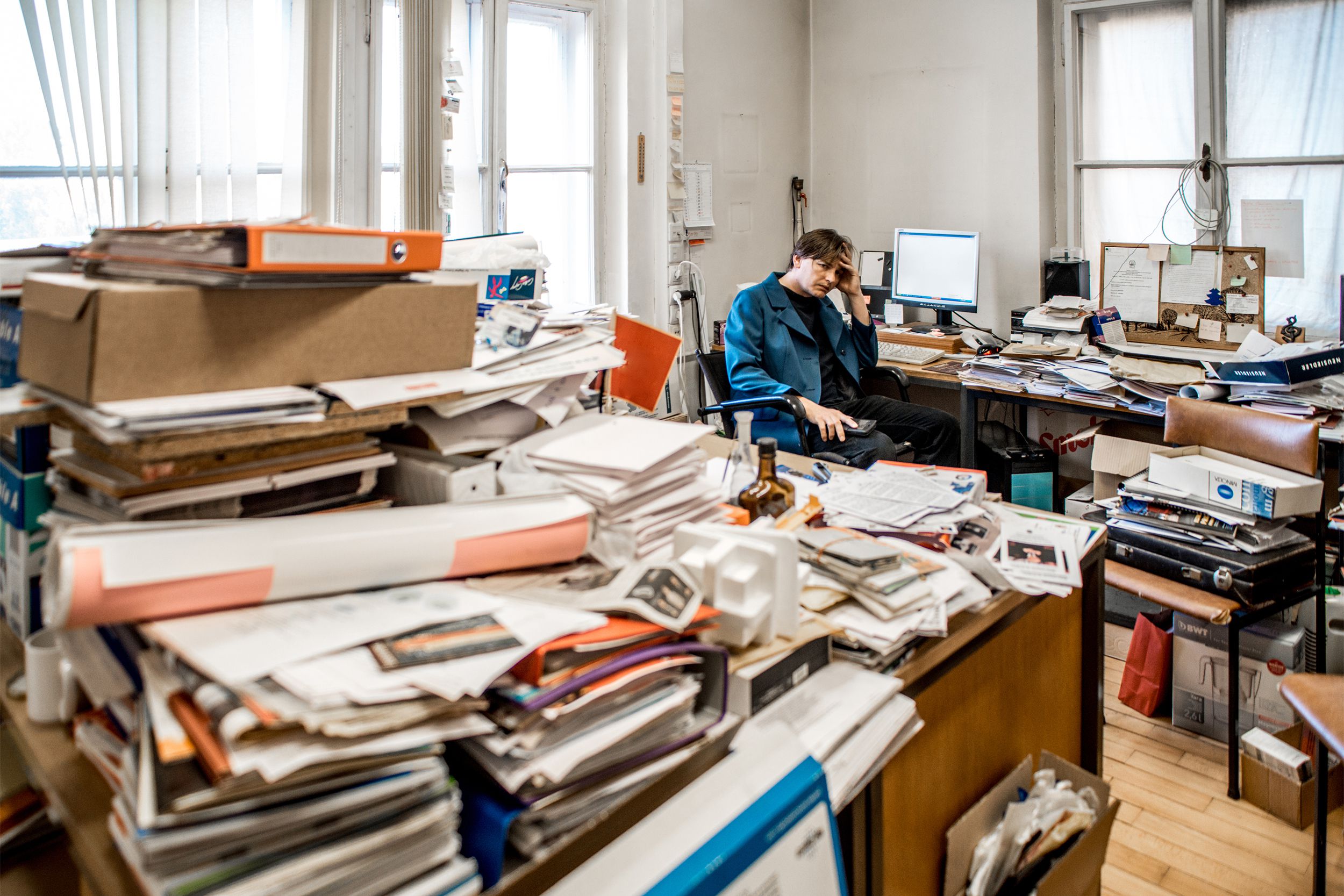
If a bathtub is being used for storage instead of bathing, it’s time to refocus on hygiene. Psychologist Fugen Neziroglu says other examples could include “if your bed is not being used to sleep on, if your desk is not being used to write or do computer work, if your kitchen table is not where you eat because all of those spaces are filled with objects.”
CLUTTER IS SLOWING DOWN LIFE
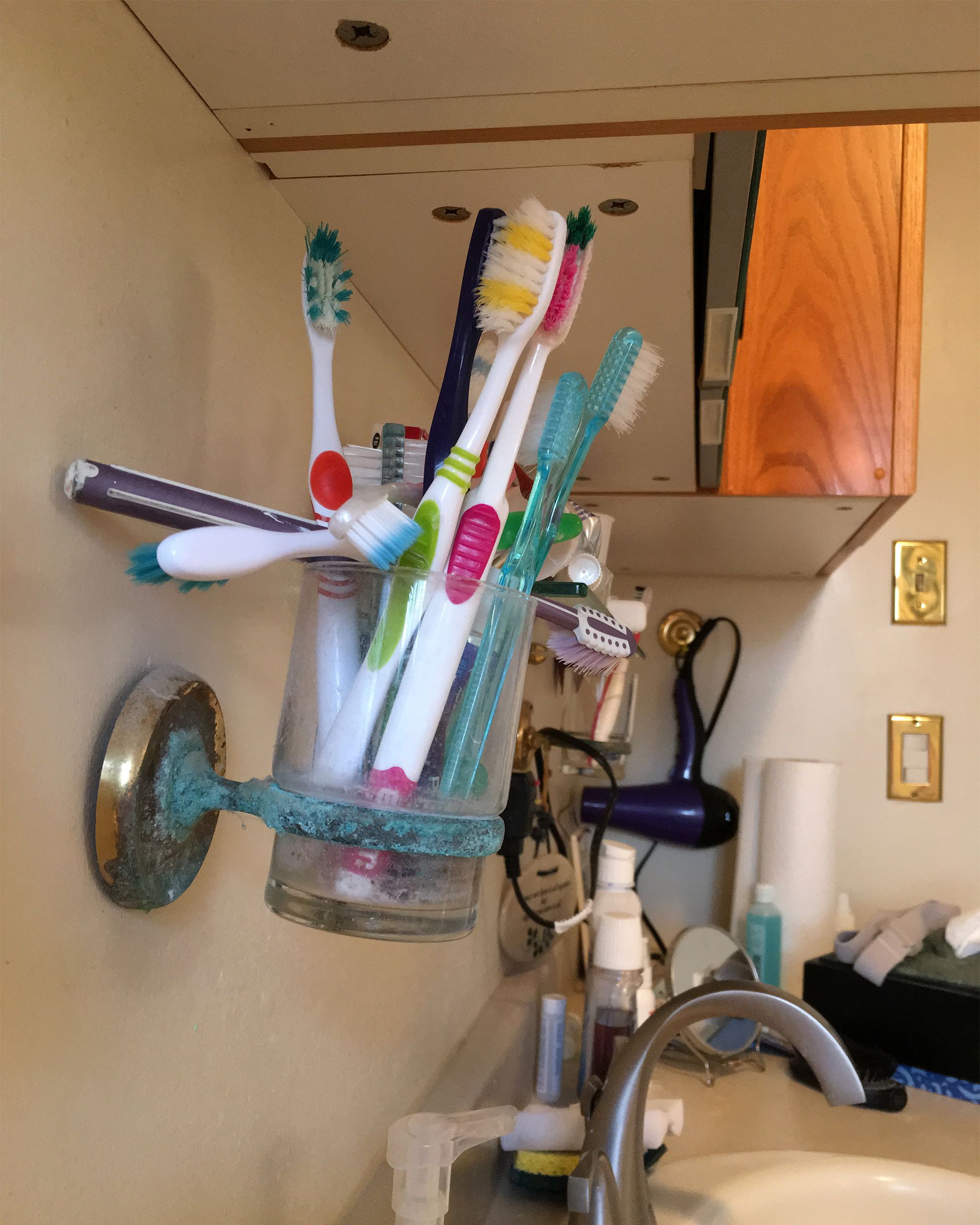
When clutter inhibits ordinary life, that’s a sign of psychological compulsion. “Getting to work can take three times as long because you can’t find your toothbrush again or you can’t find your clean clothes,” psychologist Michael Tompkins says. “Your activities of daily living are being hampered and impacted by the level of clutter in your home.”
THE HOME IS IN DISREPAIR
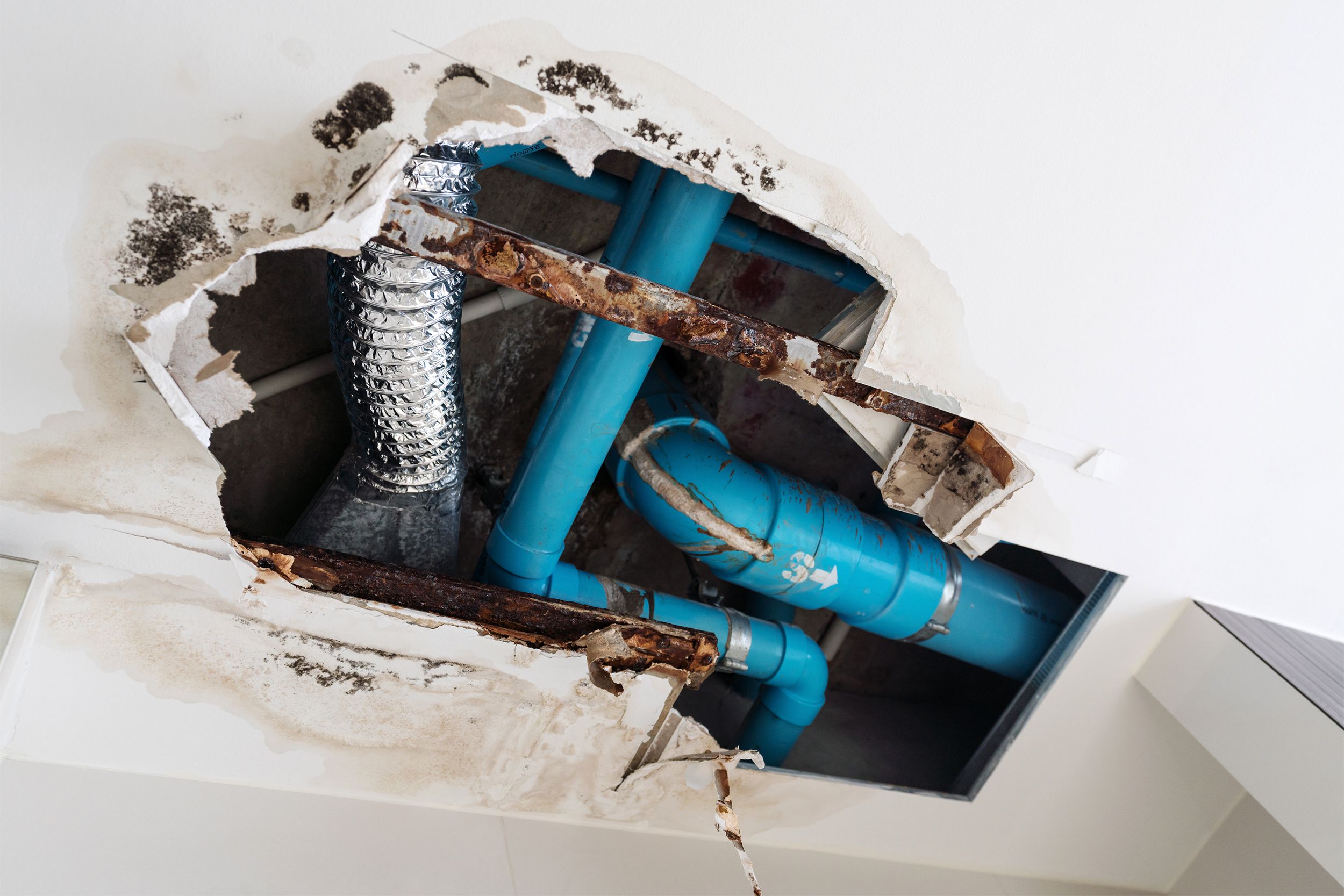
It’s not the mess itself that decays the home, it’s hiding the home from necessary repairs. “They don’t like repair people to come to their home even if they need something repaired,” psychologist Fugen Neziroglu says. “If they need electrical work or any work in the house, they do not allow others to come into their home.”
Sign up for our newsletter
THERE’S A PERSISTENT FEAR OF FORGETTING

Memory Hoarding can include keeping belongings of a lost loved one, mementos from the past, or one’s own school notes. “If they inherited their mother’s china set or a piece of furniture, they would feel like they’re throwing that person away if they were to throw away the object,” psychiatrist Dr. Dahlia Woods says. “If I throw away these photos, I’ll be throwing away my trip to Costa Rica.”
OTHER PSYCHOLOGICAL DISORDERS ARE EXHIBITED
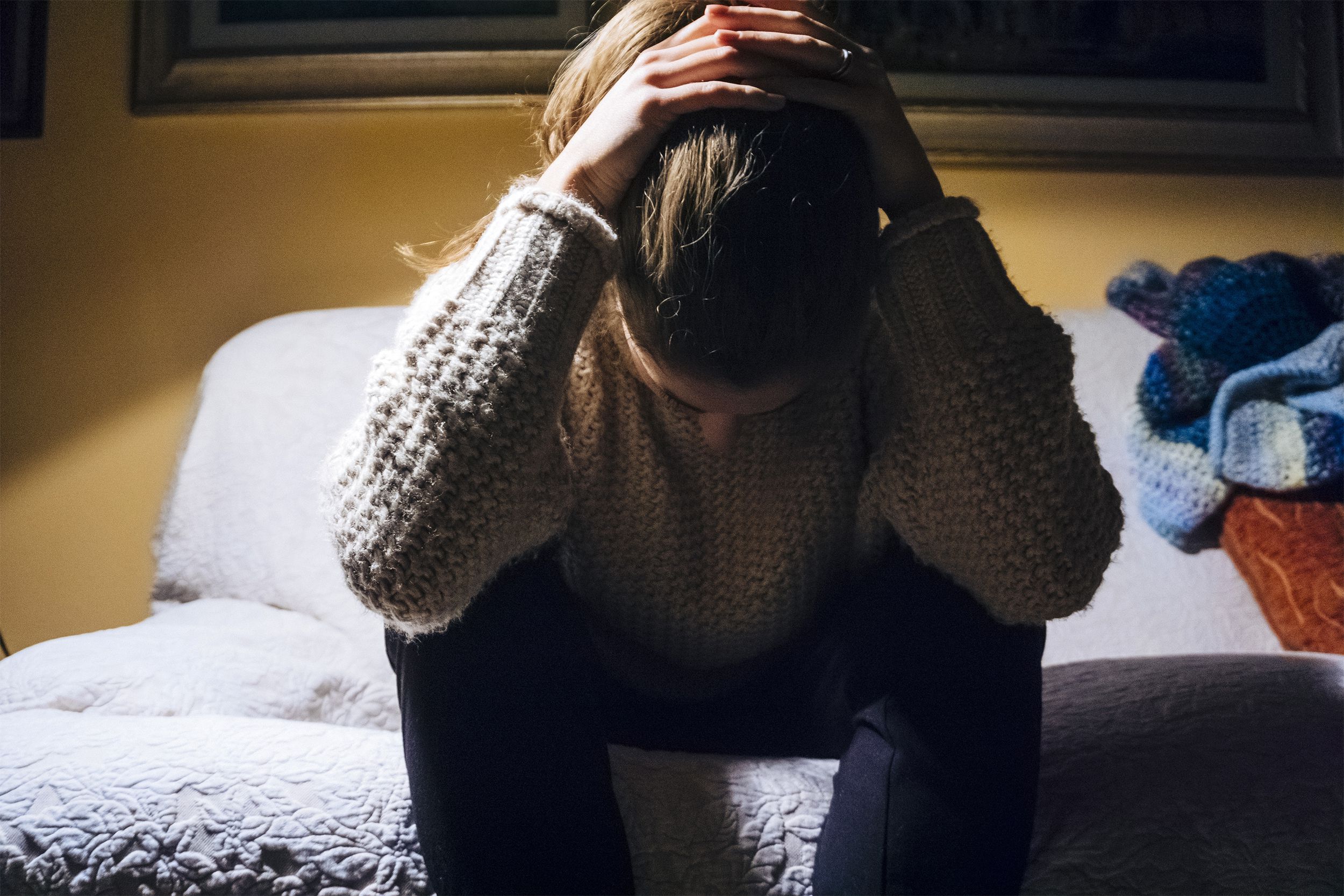
Hoarding disorder rarely exists in isolation. It’s usually a component of other psychological or psychiatric disorders. “A very, very high percentage of individuals, 60 to 70 percent of individuals with hoarding disorder, also have an accompanying major depressive disorder,” psychologist Michael Thompkins said. “Fifteen to twenty percent have attention deficit hyperactivity disorder.” Despite what some might assume, Obsessive Compulsive Disorder is less related to hoarding disorder.
Related: Common Mental Health Issues Among Seniors
THERE’S A DEFENSIVE RESPONSE WHEN CONFRONTED

Most people can have a calm conversation about a mess. People with hoarding disorder, however, can get extremely defensive when confronted about their clutter. “They’re usually defensive and very protective and will provide you numerous reasons as to why they need the possessions that they have, how they’re going to use them, how uncomfortable they feel if they were to give it away,” psychologist Fugen Neziroglu says.
THINGS ARE USED TO DEFINE AN IDENTITY
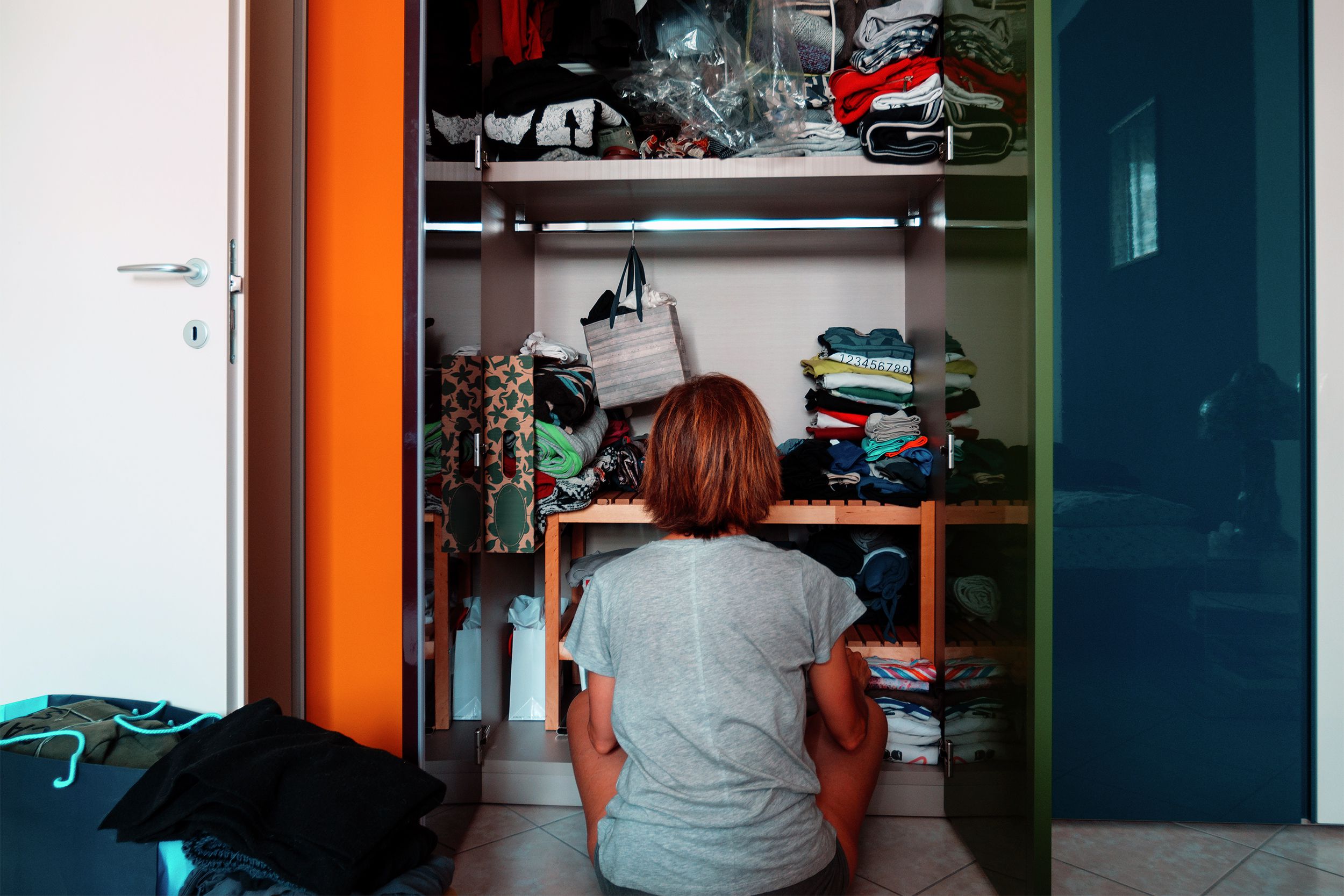
If someone’s keeping items which are objectively no longer useful, it could be a sign they are using objects to create their identity. Mutual Support Consulting co-founder Becca Belofsky Shuer recalls a client keeping sporting equipment they physically could no longer use. “In keeping them, they’re really holding onto that piece of themselves,” she says. “You’re more than the items that you own.”
MULTIPLE STORAGE UNITS ARE USED
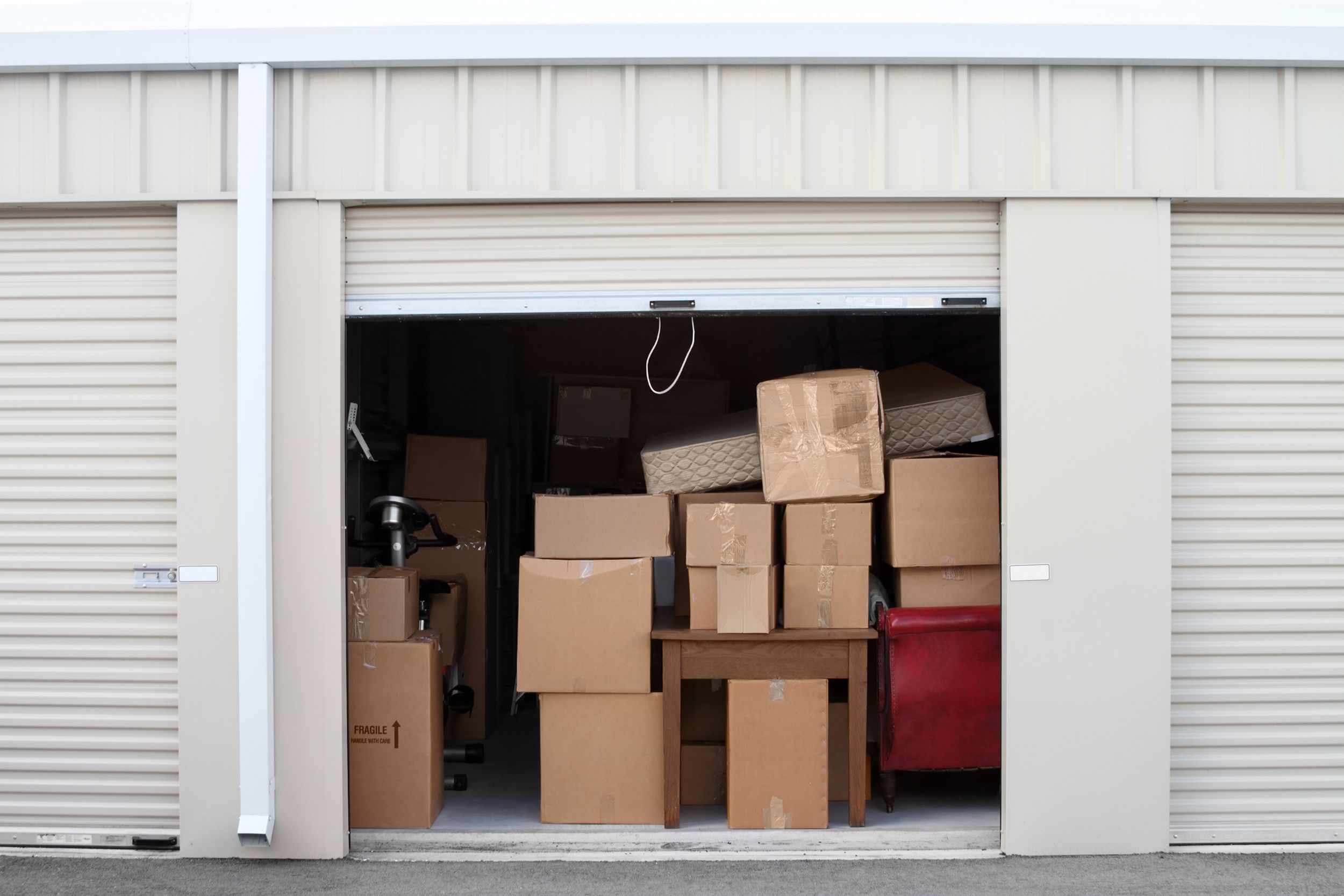
Multiple storage units may be as telling as a cluttered house. “They start out with one storage and multiply to several storages,” psychologist Fugen Neziroglu says. Lee Shuer, recovering himself, recalls his myriad storage space. “I also had things stored in a shed behind my wife’s employer’s house, and at my folks’ house,” he says. “I had them in the basement. We tend to fill the space despite the consequence.”
DEBT AND UNPAID BILLS ARE MOUNTING
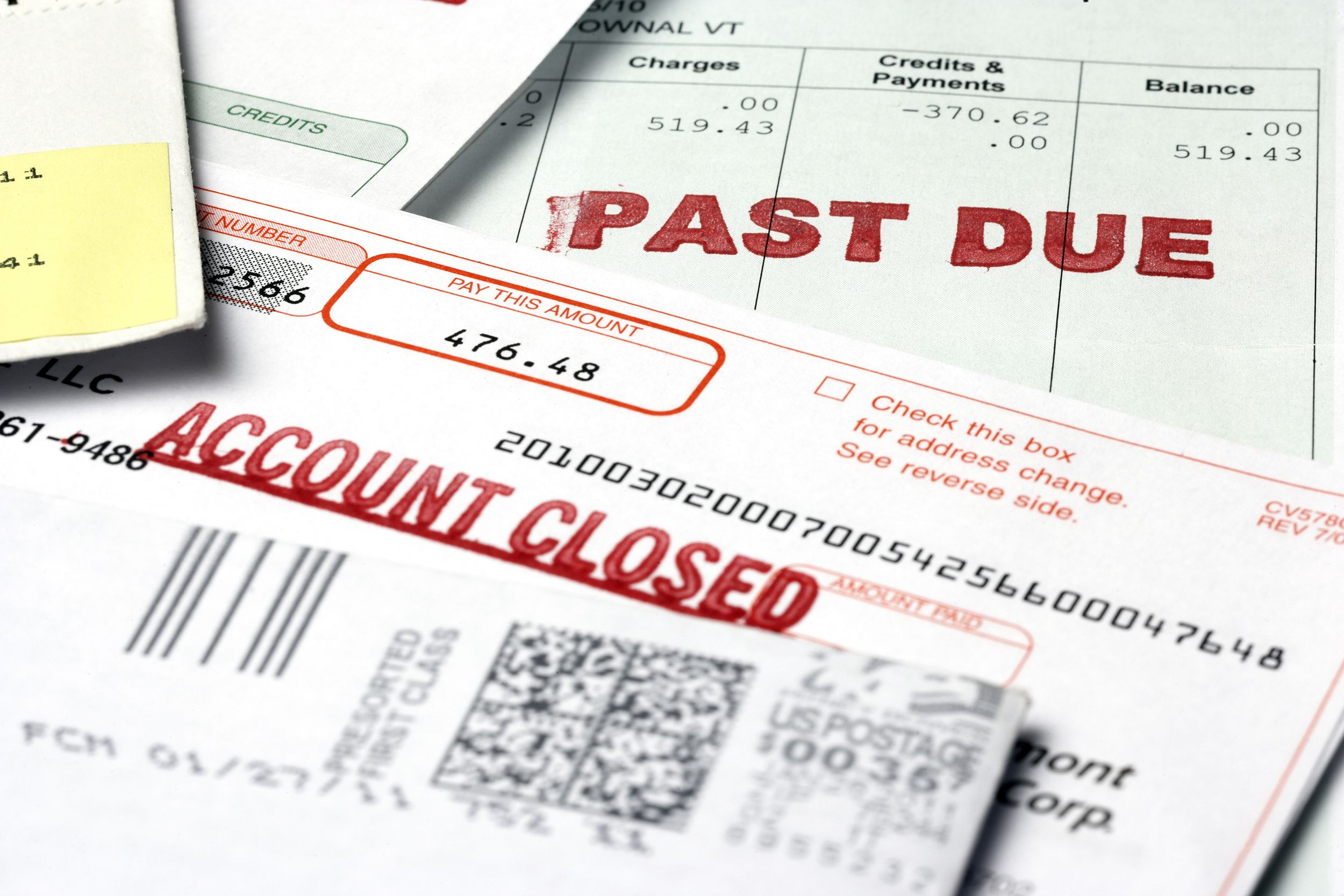
Irresponsible spending can be a sign of hoarding disorder. “If they’re paying for units and multiple units with money that they don’t have, that would suggest that it’s a problem,” psychologist Michael Tompkins says.
Similarly, if you find out bills are going unpaid, it’s worth finding out why. “Their intention is to pay bills,” psychologist Fugen Neziroglu says. “It just keeps accumulating, and therefore they may end up not paying bills.”
Related: 26 Tactics for Getting Out of Debt
THERE ARE TOO MANY PETS

Animal hoarding is an aspect of hoarding disorder too. It often begins with the best intentions. “It’s a need to take care of the animals, feeding the animals, bringing them back to health,” psychologist Fugen Neziroglu says. “Unfortunately, it gets out of hand and it goes to the opposite degree where they’re unable to take care of these animals.”
The following steps can help address a hoarding disorder either for yourself or someone you care for.
STEP #1: DON’T USE THE WORD HOARDERS
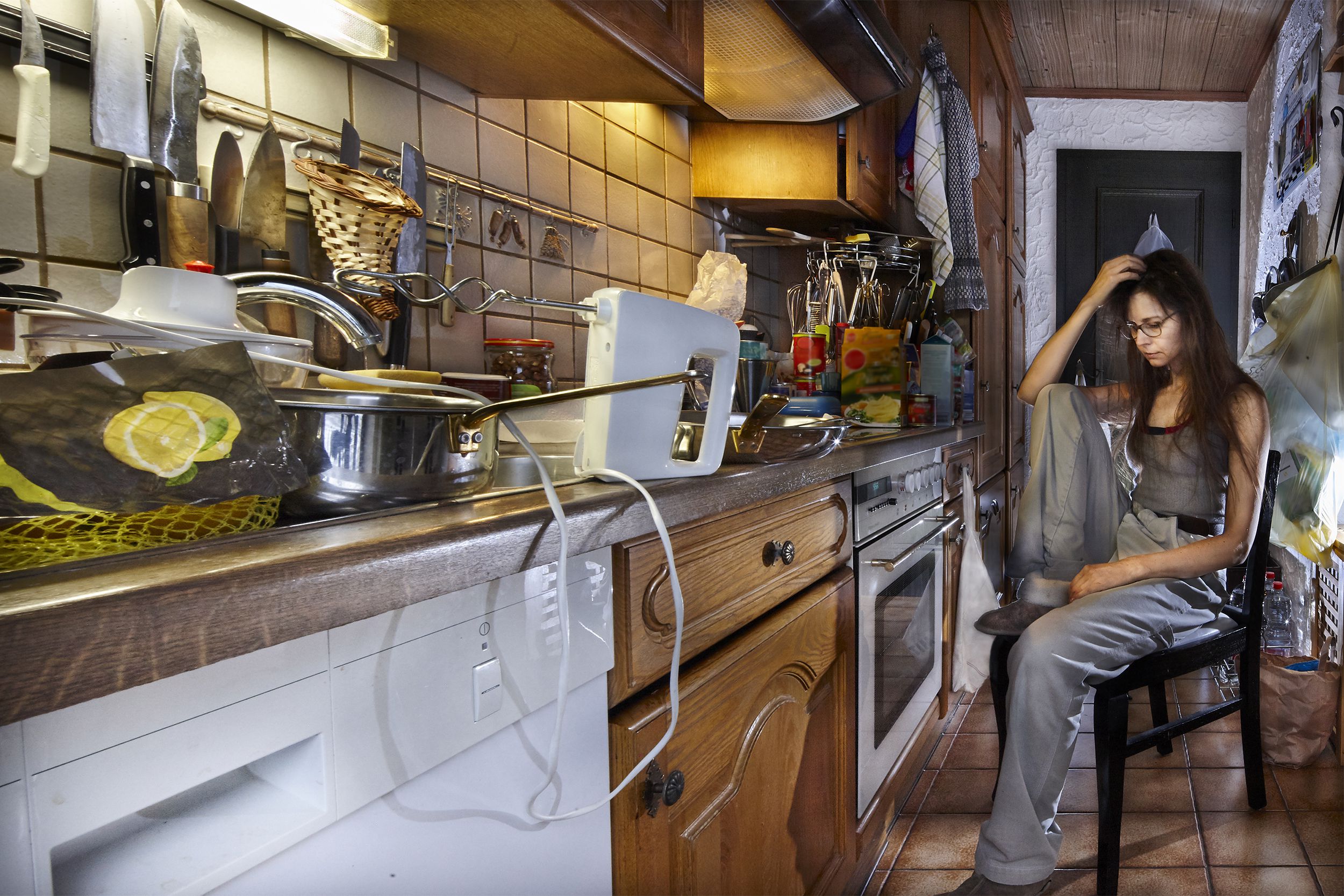
People with hoarding disorders don’t like the term “hoarder,” despite the successful TV show of that name. The Shuers of Mutual Support Consulting instead call them finder/keepers. “Hoarder is used pejoratively,” Belofsky Shuer says. “It’s also wielded as an insult by people who are very angry. It really ostracizes and isolates people.”
Destigmatizing the disorder will help. “People say, ‘I have clutter,’” Lee Shuer says. “‘I’m overwhelmed by the amount of my stuff.’”
STEP #2: WORK ON THE ROOT CAUSES FIRST

Before you hire a cleaning service for yourself or a loved one, understand that the problem is psychological. “Because it’s a psychological condition, what you want to be looking for is psychotherapy,” psychologist Michael Tompkins says. “The only treatment that has actually been studied and shown to be effective is cognitive behavior therapy.” There are also support groups and workshops to consider.
STEP #3: RESPECT THINGS

Stanford Medicine’s Rodriguez Lab advises a gentle approach. Lee Shuer begins with clients by telling them they have a beautiful home. “I honestly believe that,” he says. “I see the potential for that space that will suit who they are as a person. The person feels actually they’re the expert on the situation and I’m there to learn from them.”
STEP #4: MAKE NEW RULES

Keeping digital copies is one alternative to paper notes and physical books. Instead of buying everything one likes, learn to appreciate it in the store and go home with that memory. “I think a distinction between appreciation or having a connection with an object versus having to own the object is a helpful one,” psychiatrist Dr. Dahlia Woods says.
SOLUTION #5: FOCUS ON KEEPING, NOT TOSSING
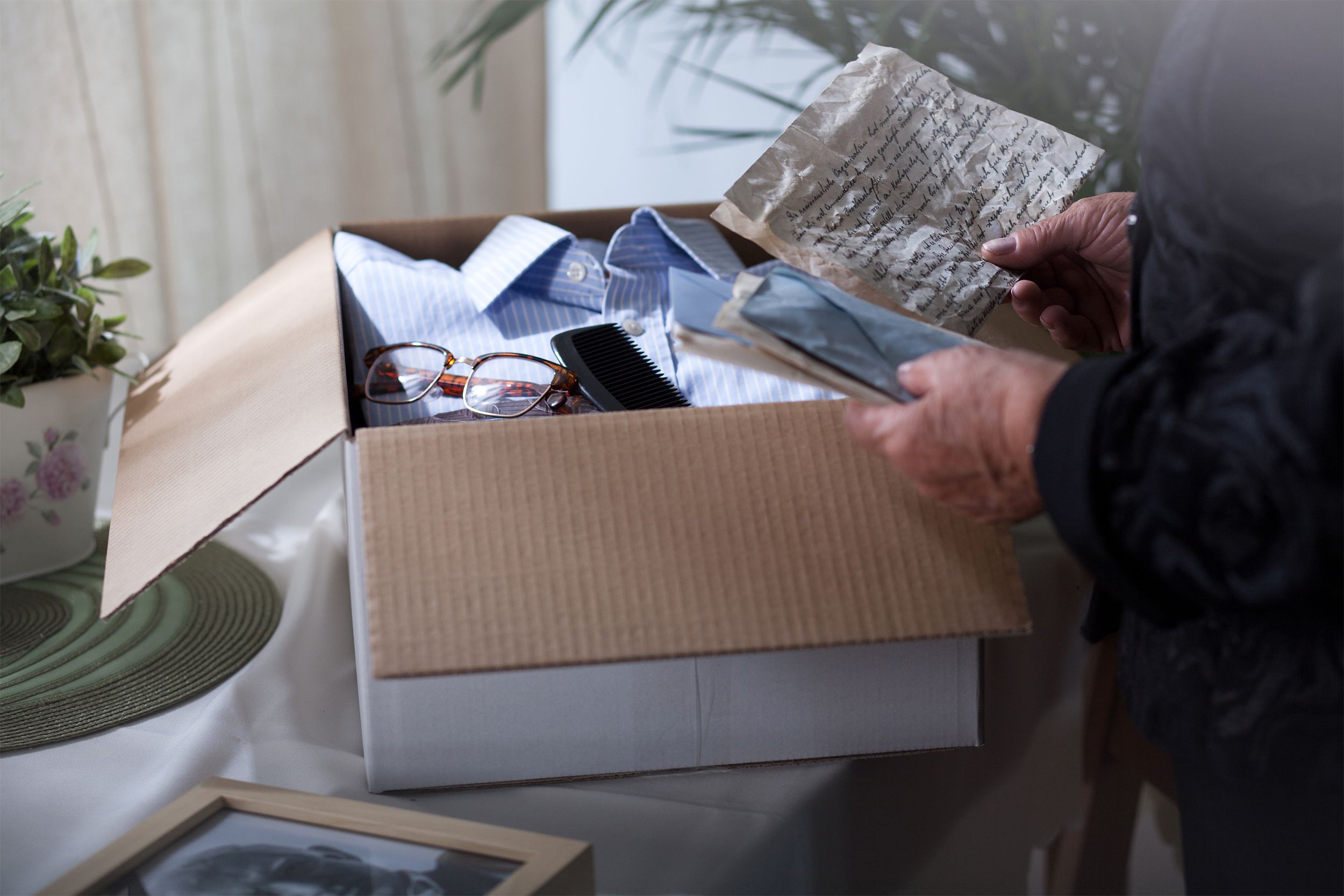
Discarding will always be difficult for people with hoarding disorder. Focusing on the items they keep can make it a positive experience. “Even though it may be incredibly difficult because someone may want to keep everything, it’ll be more of a positive approach then punitive like ‘You’ve got to get rid of all this stuff,’” counselor Lee Shuer says.
